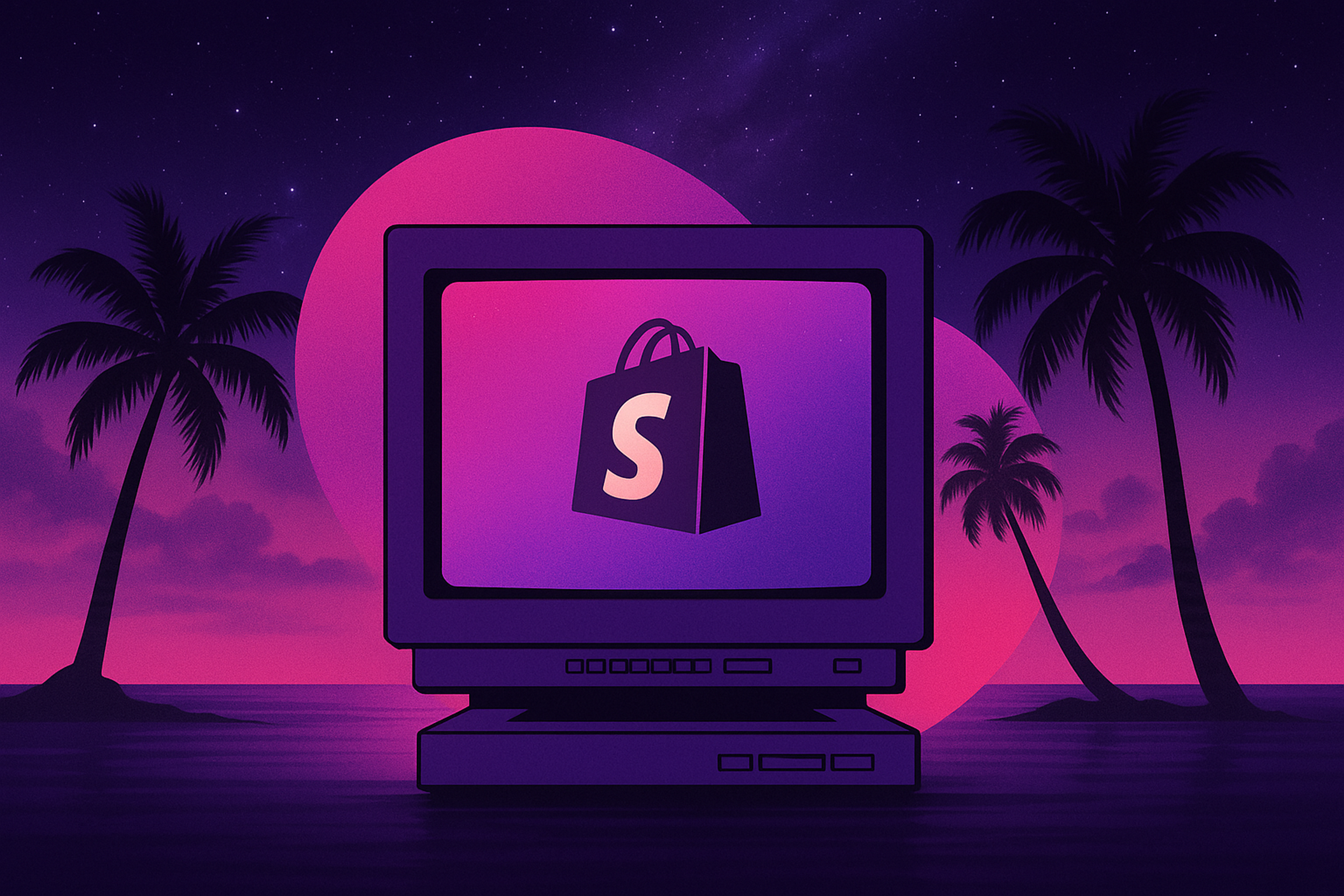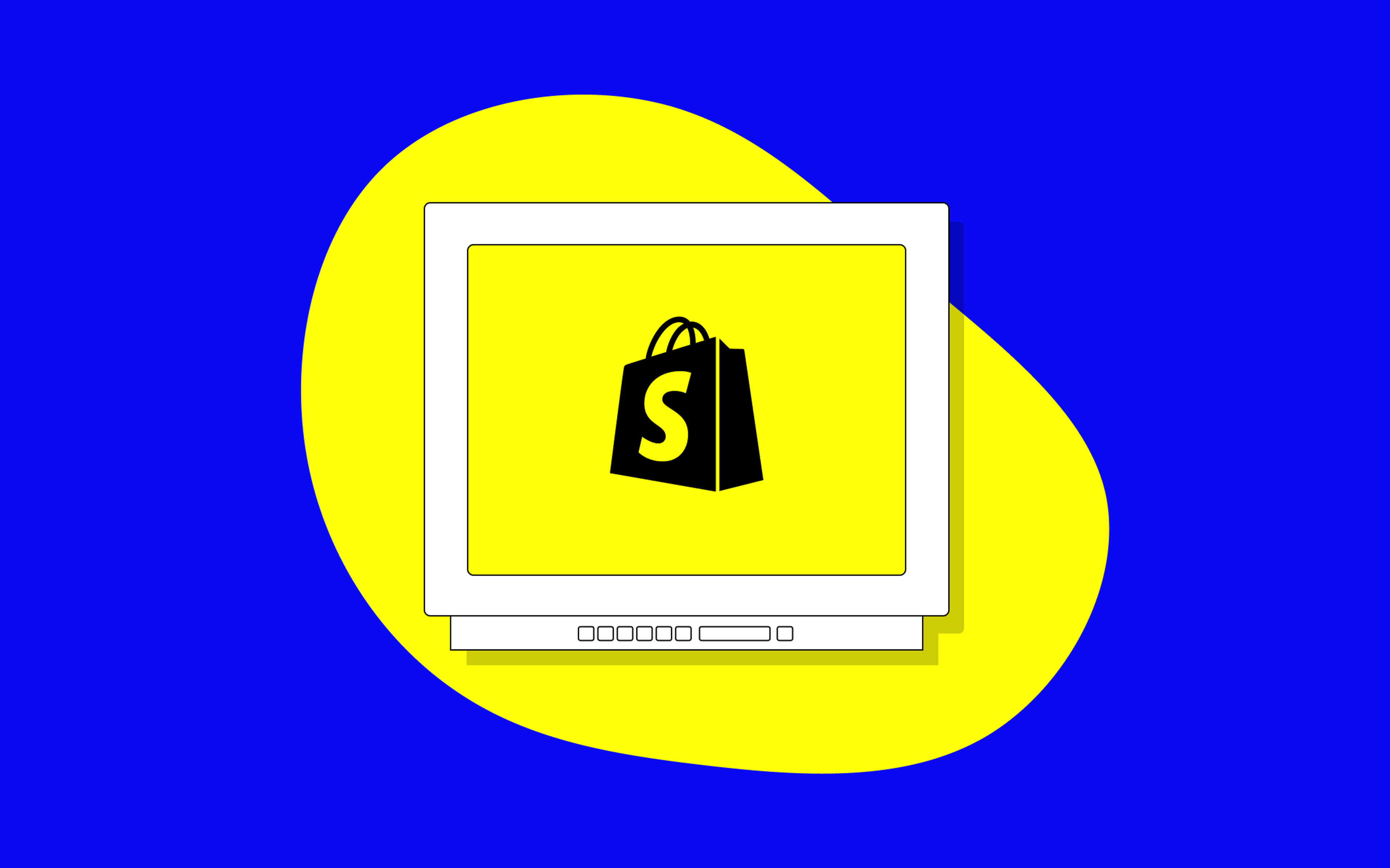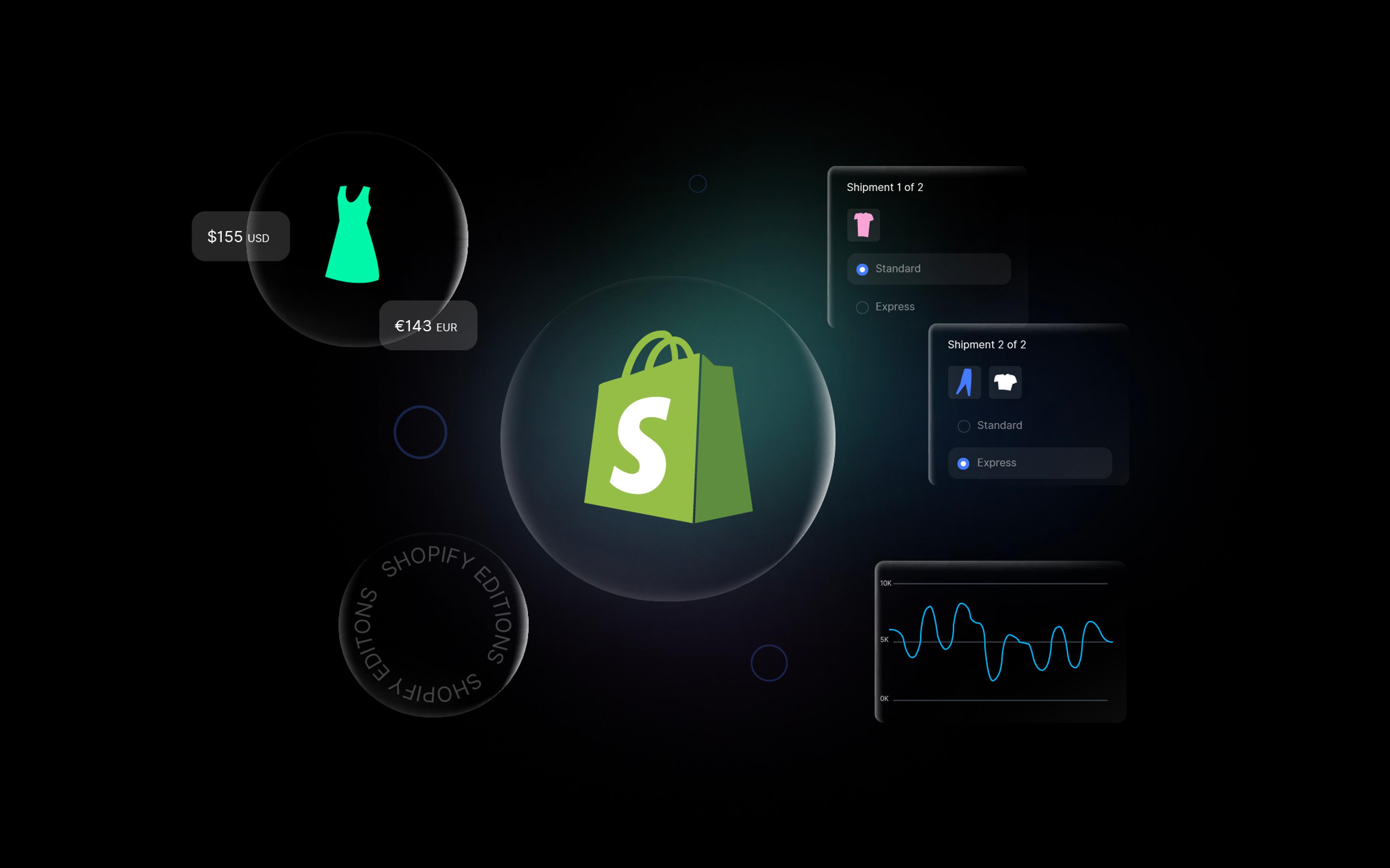It's that time of the year! After spending considerable time going through Shopify's Summer 2025 Edition and experimenting with some of the features that became available over the last few months, we are excited by the platform's latest releases: Shopify continues to push the boundaries of what's possible in e-commerce, with remarkable new features and expanded capabilities.
Still, while the overall direction is encouraging, we've also identified some implementation challenges, particularly for the type of mid-market and enterprise client we serve.
Let's take a look at what's changed, what it means for developers and merchants, and where we think Shopify should focus next!
Horizon: Who's Thinking About the Developers?

Shopify's new Horizon theme created a lot of excitement, especially with the no-code/low-code crowd: with the new nested blocks and AI-powered block generation, merchants have more flexibility than ever.
While we appreciate all the love that went into Horizon, our team also had some concerns:
- "What happens to Dawn now?" was the recurring question. With Horizon being the new standard, we expect Dawn to be left behind, forcing agencies and merchants to adjust.
- As most developers learn at some point, giving non-technical users more content management flexibility often comes at the expense of UX and brand consistency. Could Horizon be too flexible for a merchant's own good?
- While Horizon is great, it primarily addresses Shopify's SMB merchants. Meanwhile, developers still need to build custom CI/CD pipelines if they want a robust theme management workflow.
The Shopify theme ecosystem is already renowned for its friendliness towards non-technical users. As Shopify gains traction in the mid-market and enterprise segment, we were also expecting the platform to invest in more robust primitives, tooling, and workflows for theme development—especially since larger merchants are increasingly choosing Liquid over headless in an effort to simplify (more on this below).
As an example, an improved GitHub integration could streamline theme development significantly, and it would be the perfect complement to Shopify's marketing- and simplicity-centered narrative.
Markets: Segmentation Evolves Beyond Geography
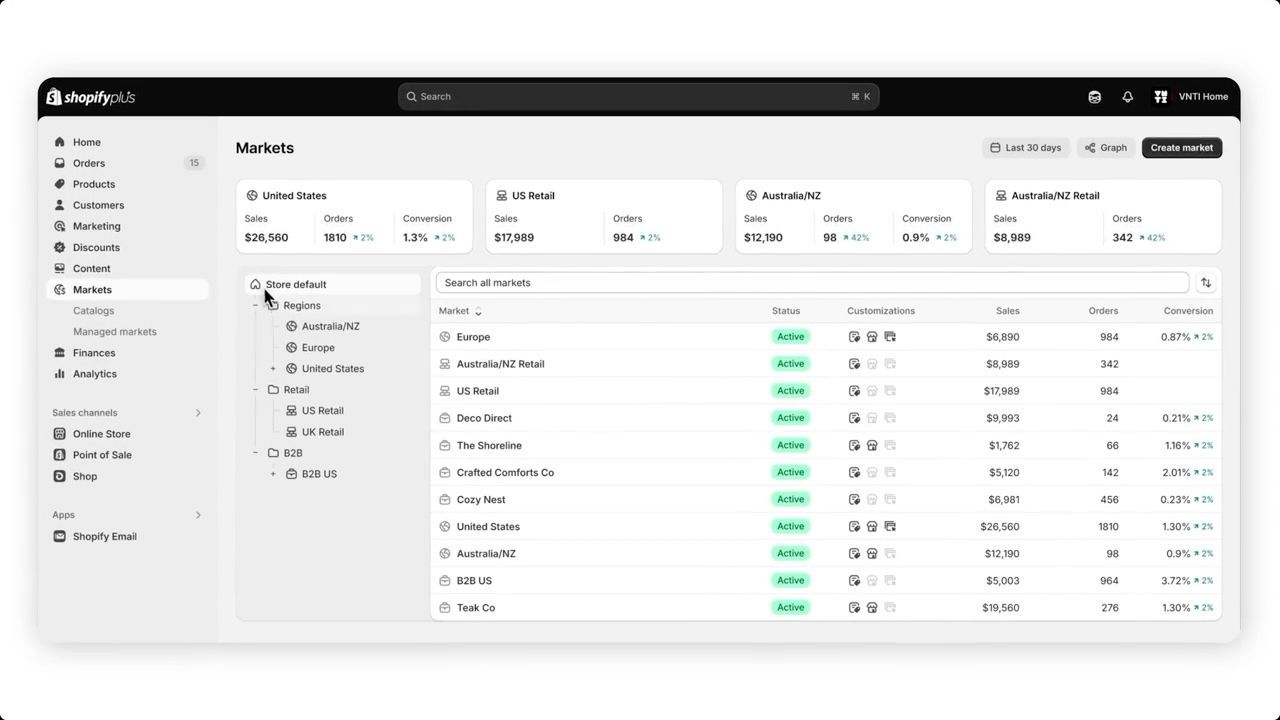
With the latest updates, Shopify has turned Markets from an internationalization tool into a more comprehensive segmentation platform. Merchants can now segment markets by customer type (B2C vs. B2B), geography and channel (online vs. retail), all from a unified interface.
However, despite the new experience finally putting an end to the discrepancies between B2B, POS, and the old Shopify Markets, we also think there's room for improvement:
- The new Markets interface requires a learning curve—the parent-child market relationships aren't immediately intuitive, which is understandable given the complexity of the problem Shopify is solving.
- While Shopify has fixed a number of bugs related to Markets and New Customer Accounts, some were left unaddressed. As an example, the "Buy Again" button still defaults to your primary market rather than the purchase market.
We're also a little concerned by the state of the ecosystem around Shopify Markets: in our experience, very few third parties are able to integrate with Markets at the moment.
Alberto from our team raised an important consideration: "With the new Markets, the ecosystem will need time to align. It took three years for some apps to start supporting the current Markets architecture, and these updates may require them to redo some of the work."
Next-Gen Dev Platform: So Far So Good
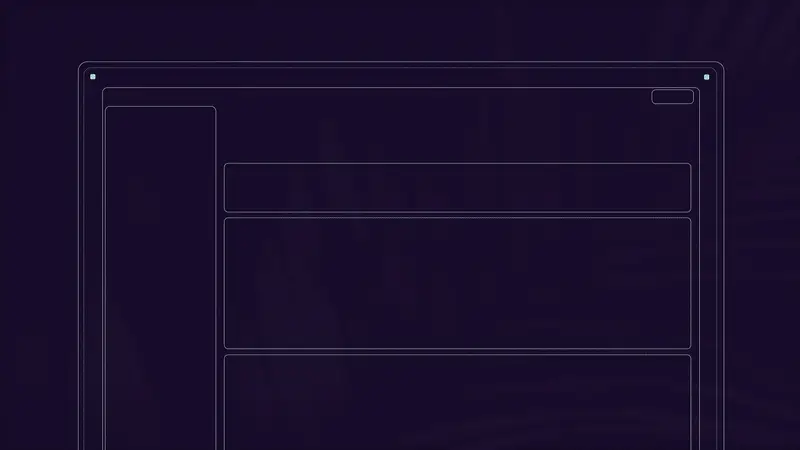
Shopify's next-gen developer platform shows real promise, with local development capabilities, declarative metaobjects/metafields definitions, monitoring and logging, and much more.
The direction is encouraging, even though some core challenges remain:
- The new localhost architecture is exciting and could really speed up the development of custom apps. Unfortunately, it doesn't support webhooks or Shopify Flows yet—both of which we use heavily. We do recognize these are tough problems to solve, but we're also confident Shopify can figure them out!
- Declarative data definitions are an interesting solution to the ancient problem of Shopify schema management. However, because the resulting metaobjects and metafields are app-owned, they can't be used across different apps, which is problematic in large builds where merchants have multiple custom or third-party apps that need to be integrated.
- The unified Polaris Web Components are incredible, but will require yet another migration. Alas! At least there's an MCP server to help with the job.
As we excitedly wait for the next batch of improvements, we'll continue to complement Shopify's built-in capabilities with some of our custom tooling, such as Shopify Toolkit.
AI: One MCP Server to Rule Them All
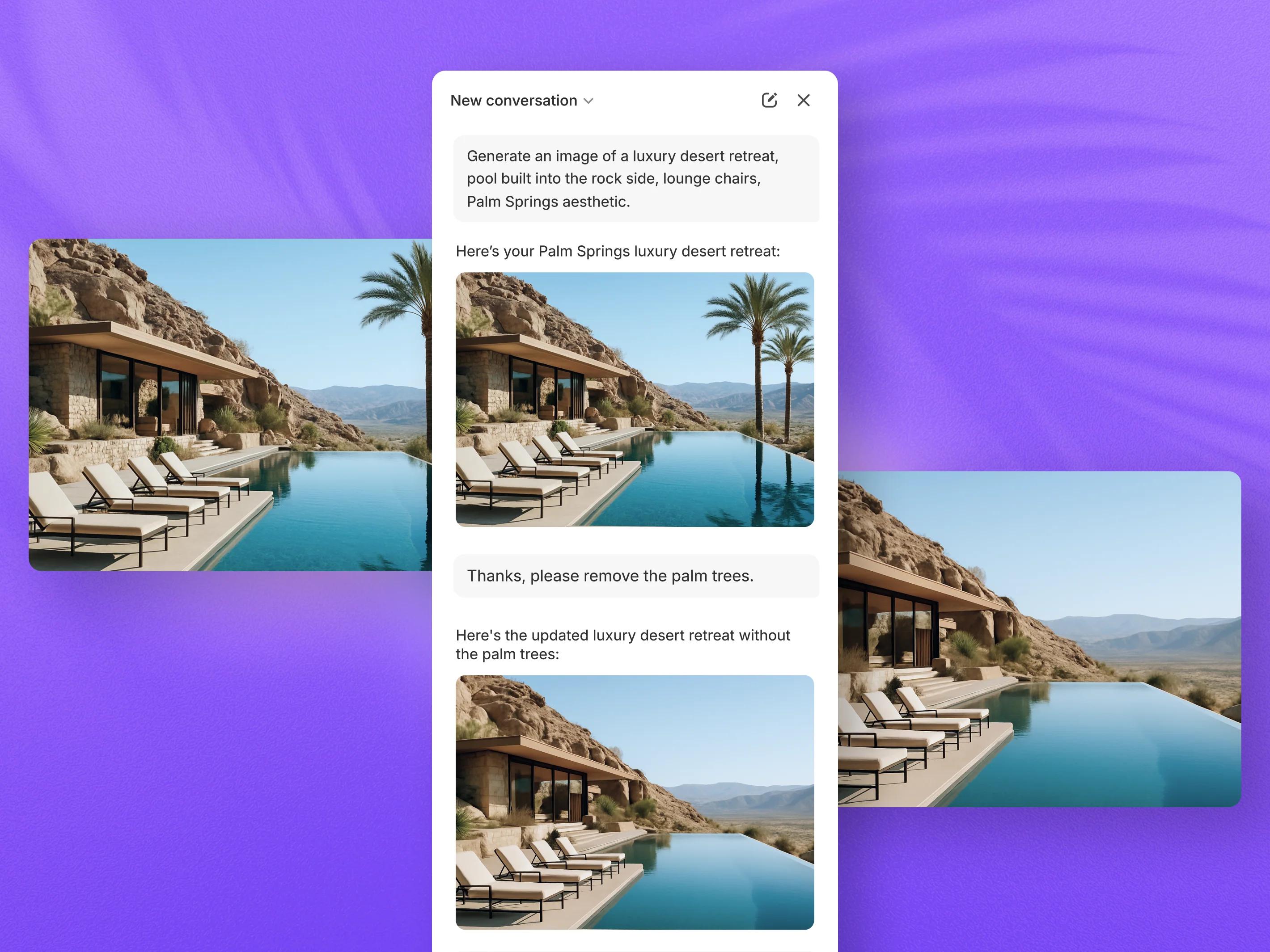
Quite frankly, the early iterations of Shopify Sidekick were underwhelming to say the least: the agent would hallucinate more often than not, unable to answer even the most basic queries.
Today's version tells a different story entirely. With sophisticated reasoning capabilities and deep platform integration, Sidekick now delivers usefulinsights on conversion metrics, bounce rates, and sales performance, and can even take action on behalf of the merchant. While we don't see larger brands dropping more sophisticated analyticsa and BI tooling for Sidekick, it is undeniably come a long way.
But Shopify is not using AI just for operational efficiency. With Perplexity, ChatGPT, and Google all recently announcing their AI shopping features, the platform is investing heavily in standardized and interoperable data access. As a couple of examples:
- The Global Catalog allow LLMs to retrieve structured, real-time catalog access optimized for AI consumption. Also, Global Cart and Checkout should be launching soon, allowing LLMs to enable end-to-end conversational checkout experiences.
- The Storefront and Customer Accounts MCP servers open new possibilities for AI-driven shopping experiences: think a wine sommelier chatbot with full inventory awareness and transactional capabilities.
While most of these products are in their very early stages, we'll keep experimenting over the next weeks and months to get a sense of all the potential use cases, so stay tuned!
The Road Ahead
While this Edition was impressive as always, here's what else we would have liked to see but didn't!
Search & Discovery Needs Some Love
First of all, Shopify's Search & Discovery continues to lack advanced capabilities:
- Empty collections appear prominently in search results with no built-in way to hide them, creating a poor user experience that directly impacts conversion rates, especially for international merchants that might only sell certain collections in specific markets.
- The inability to use metafields for search indexing forces merchants into awkward workarounds—like copying metafield data into product descriptions just to make it searchable.
When merchants invest heavily in rich product data through metaobjects and metafields, that investment becomes worthless if customers can't discover products through that enhanced information.
As a result of some of these issues, one of our clients recently switched back to their custom search solution after finding Shopify's native search inadequate for their catalog complexity.
For a platform now positioning itself as enterprise-ready, we're hoping to see more investment flow into Search & Discovery to fully integrate it with the rest of Shopify's ecosystem.
Whatever Happened to Hydrogen?
Perhaps the most interesting omission from the Summer 2025 Edition was the near-complete absence of Hydrogen updates, which might seem even more puzzling considering how much attention it has received in Summer '24 and Winter '25.
However, given what we're seeing in the market, we were not too surprised that Hydrogen is taking a backseat: the reality is that most brands are currently choosing Liquid themes over headless solutions, prioritizing simplicity and reliability. Even brands that initially launched on Hydrogen are migrating back to Liquid themes, finding that the promised flexibility doesn't justify the additional overhead in the current economic climate.
To be fair, Shopify did release Storefront Web Components, allowing merchants to embed the Shopify experience off-site and anywhere they can use HTML—we have some demos coming soon!
All in all, we're confident that we'll see more news about Hydrogen in the upcoming months, but for the time being, the market—and Shopify with it—have focused elsewhere.
What This Means for You
Shopify's Summer 2025 Edition brought meaningful progress, although some annoying gaps persist. While we expect Shopify's future updates to address some of these pain points, brands should also strive to understand what Shopify does exceptionally well and where additional investment may be necessary to meet their specific business requirements.
At Nebulab, we're excited to help clients leverage these improvements while building complementary solutions where needed. If you need any help integrating Shopify into your business, don't hesitate to reach out!

